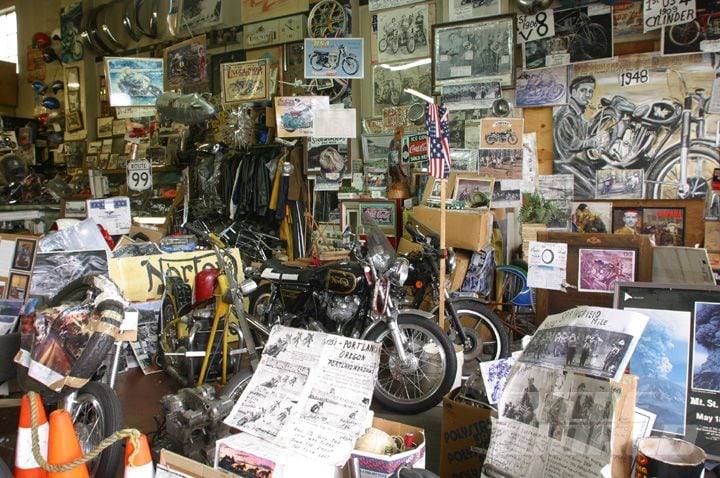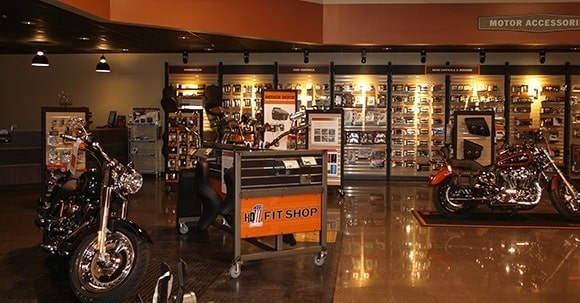Check Out the most up to date Motocross Gear NZ for each Degree of Rider
Check Out the most up to date Motocross Gear NZ for each Degree of Rider
Blog Article
Understanding the Essential Parts of a Motorcycle: A Comprehensive Guide for Enthusiasts
For bike lovers looking to raise their riding experience and guarantee their bikes run smoothly, comprehending the necessary components of a motorcycle is paramount. Each element, from the engine's complex functions to the crucial duty of the stopping devices, not only influences efficiency but likewise safety and convenience.
Engine Parts

The camshaft plays an essential duty in regulating the timing of the engine's shutoffs, guaranteeing the specific opening and closing required for efficient gas and air consumption, in addition to exhaust expulsion. This timing is crucial to keeping ideal engine efficiency and efficiency. Furthermore, the carburetor or gas shot system, depending on the motorbike version, is accountable for blending air with gas in the correct ratio for burning.
The air conditioning system, either air or liquid-based, functions to maintain the engine's temperature within functional restrictions, preventing overheating and making sure longevity - motorcycle shop. Each element, diligently developed and incorporated, contributes to the smooth procedure of the engine, defining the motorcycle's power outcome and general efficiency
Transmission System
Indispensable to the bike's functionality, the transmission system guarantees effective power transfer from the engine to the wheels. This system makes up a number of crucial components, consisting of the clutch, transmission, and last drive, each playing a crucial duty in converting the engine's power right into activity. The clutch, commonly run by a hand bar, offers to disengage the engine and engage from the transmission, permitting smooth gear changes and controlled acceleration.
The gearbox, typically described as the transmission correct, has a collection of equipments that motorcyclists can manually move through to adjust the bike's speed and torque result. These equipments are prepared in a series that makes it possible for the bike to increase efficiently and maintain optimal engine efficiency throughout different speeds. Most motorcycles make use of a consecutive gearbox, calling for the cyclist to change equipments in an established order.
Braking Systems
While comprehending the transmission system is essential to taking advantage of a bike's power, just as vital is the ability to manage and stop that power efficiently, which is where braking mechanisms come into play. Brakes are essential for security and performance, providing the rider with the necessary control to browse different surfaces and problems. Usually, bikes feature two kinds of stopping systems: disc brakes and drum brakes.
Disc brakes are a lot more prevalent in modern-day motorcycles as a result of their exceptional efficiency. They are composed of a brake disc, caliper, and pads. When triggered, the caliper squeezes the brake pads versus the rotating disc, converting kinetic power into warmth, consequently slowing the wheel. This system supplies better warmth dissipation, consistent efficiency, and enhanced quiting power, particularly in damp conditions.
Conversely, drum brakes, though less typical, are still found in some motorbikes. They work by pushing brake footwear versus the internal surface area of a drum connected to the wheel. While normally much less efficient in heat dissipation and quiting power, drum brakes are less complex and more economical.
Understanding these braking systems' nuances enables cyclists to maintain their motorbikes correctly and value the engineering that guarantees reliable and secure quiting.
Suspension and Steering
Suspension and steering systems are important elements that significantly influence a motorcycle's handling and ride comfort. The suspension system, including forks at the front and shock absorbers at the rear, takes in road irregularities, enhancing stability and control. Front forks, inverted or generally telescopic, compress and rebound to mitigate impacts, while back shock absorbers keep tire contact with the road, important for traction and safety.
Guiding, focused around the handlebars, links the biker to the motorcycle's directional control. The guiding head bearings make certain smooth procedure, allowing precise ability to move. Appropriate positioning and maintenance of these bearings are essential for predictable guiding action and minimizing biker fatigue.
The suspension's adjustability is another critical facet; preload, damping, and rebound setups enable customization to suit numerous riding problems and styles. Recommended Site This versatility is crucial for enhancing performance, whether browsing metropolitan streets or taking on tough routes. Advancements like electronic shock absorber supply real-time adjustments, boosting experience quality throughout diverse terrains.

Electrical Equipments
After guaranteeing a regulated and smooth experience through reliable suspension and steering systems, attention transforms to the electric systems, a critical aspect of contemporary motorcycles. These systems play a critical function not just in beginning the engine but additionally in powering different parts that improve the performance and safety of the bike.
At the great site heart of a motorbike's electric system is the battery, which stores electrical energy essential for starting the engine and powering complementary systems - motorcycle shop. The alternator or generator, combined with the rectifier-regulator, ensures the battery remains charged while the motorbike functions, transforming power into electrical energy and preserving voltage degrees
The ignition system, an additional essential component, is accountable for firing up the air-fuel blend in the engine's cyndrical tubes. Modern motorcycles often use a digital ignition system, using higher effectiveness and integrity contrasted to standard systems.
Lights systems, consisting of fronts lights, tail lights, and signs, are likewise crucial, making certain presence and safety and security for the useful site cyclist. Added digital parts such as sensing units, control devices, and shows contribute to sophisticated features like fuel shot administration, anti-lock braking systems (ABS), and digital control panels, additionally improving the riding experience.
Final Thought
An extensive comprehension of a motorbike's important parts, including the engine, transmission system, stopping systems, suspension, guiding, and electrical systems, is indispensable for lovers aiming to maximize performance, safety and security, and comfort. Proficiency of these components permits educated decisions pertaining to maintenance and upgrades, eventually boosting the riding experience. By incorporating this knowledge, riders can guarantee their bikes run at peak performance and reliability, consequently optimizing both enjoyment and durability of their automobiles.
For bike enthusiasts looking to boost their riding experience and guarantee their bikes run smoothly, comprehending the important elements of a bike is paramount.Important to the bike's functionality, the transmission system guarantees effective power transfer from the engine to the wheels.While recognizing the transmission system is key to utilizing a motorbike's power, similarly vital is the capacity to regulate and quit that power effectively, which is where braking mechanisms come into play. Usually, bikes include 2 kinds of stopping systems: disc brakes and drum brakes.
A thorough comprehension of a motorcycle's crucial components, including the engine, transmission system, stopping devices, suspension, guiding, and electric systems, is crucial for fanatics intending to maximize security, comfort, and performance.
Report this page